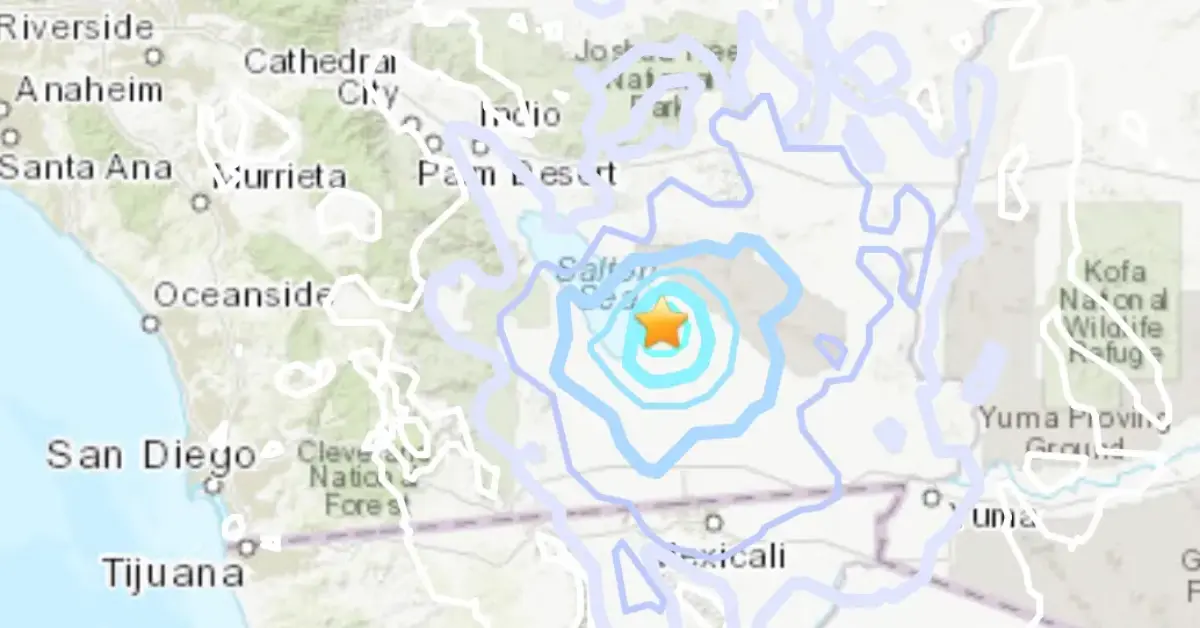Earthquake Rattles Southern California: Understanding The Seismic Patterns
A 4.2 magnitude earthquake struck near Los Angeles, with its epicenter pinpointed at Lytle Creek in the San Gabriel Mountains. The event occurred just before 11 a.m. on a Friday, initially reported as a 4.7 magnitude. This seismic activity was felt widely, extending from Los Angeles to Orange County and reaching as far north as Santa Clarita.
This earthquake follows a 4.1 magnitude quake earlier in the week, originating 12 miles south of Rancho Palos Verdes. The impacts of this earlier tremor were felt across a vast area, from Santa Barbara to San Diego.
The Larger Trend of Frequent Earthquakes in Southern California
Southern California is no stranger to earthquakes, with its history characterized by frequent low-magnitude tremors, mostly ranging from 0.3 to 3.3 in magnitude.
These minor yet persistent shakes serve as a reminder of the numerous active faults under the surface, including the well-known San Andreas Fault.

A notable example of the region’s complex seismic activity is the ‘Segment-Jumping’ Ridgecrest earthquakes in July 2019. This event included an M6.4 foreshock and an M7.1 mainshock, highlighting the intricate interactions of the multi-fault system in the area.
These events underscore the importance of understanding fault dynamics for accurate hazard assessment.
Evolving Community Response and Preparedness Strategies
In response to the ongoing seismic activities, Southern California has significantly evolved its strategies, focusing on preparedness and resilience.
Building codes have been strengthened to withstand seismic events, and emergency drills are now a routine practice. Public awareness campaigns have been pivotal in encouraging personal preparedness, which is essential for community resilience.
Historical earthquakes have led to critical safety legislation, such as the Hospital Safety Act and the Alquist-Priolo Earthquake Fault Zoning Act. These laws have been instrumental in enhancing the state’s infrastructure to resist seismic threats better.
You can click on the following link to view additional recent news:
- Florida’s January 2024 Weather Update: Warning for Snowbirds
- Bomb Threat Reported In Augusta County: Authorities on High Alert
A Testament to Collaborative Efforts in Seismic Preparedness
California’s approach to seismic preparedness is a shining example of the combined efforts of state organizations like the California Geological Survey (CGS), the Southern California Earthquake Center (SCEC), and the California Office of Emergency Services (CalOES). The proactive role of residents in these efforts cannot be overstated.
The synergy of scientific research, legislative action, and community involvement forms the backbone of the state’s strategy to protect its people and infrastructure. A deep understanding of seismic patterns and continuous preparation are crucial in mitigating the risks posed by future earthquakes.

